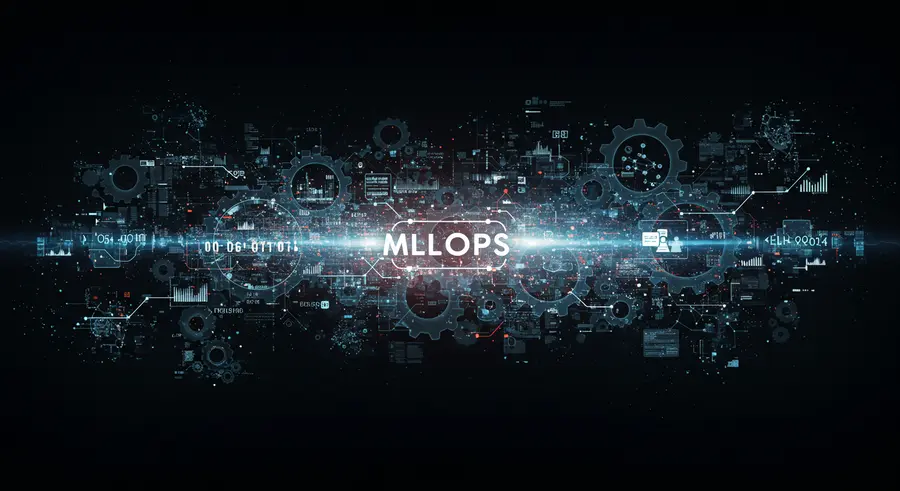
In the rapidly evolving landscape of artificial intelligence, merely deploying machine learning models is no longer sufficient. Organizations are increasingly challenged to not only get models into production but to do so with unparalleled scalability, efficiency, and reliability. This is where advanced MLOps strategies come into play, transforming the iterative process of model development into a streamlined, high-performance operation.
The Core Tenets of Advanced MLOps
Advanced MLOps builds upon the foundational principles of continuous integration, delivery, and deployment (CI/CD) for machine learning, pushing the boundaries further with sophisticated techniques. It focuses on optimizing every stage of the ML lifecycle, from data preparation and model training to serving and monitoring, ensuring that resources are utilized effectively and that models perform optimally in real-world scenarios.
Automated Model Versioning and Lineage
One of the critical components is robust model versioning and lineage tracking. As models are continuously retrained and updated, maintaining a clear record of each version, its associated data, code, and hyperparameters becomes paramount. Tools that automate this process provide transparency and reproducibility, allowing teams to roll back to previous versions if needed and understand the full history of a model's evolution.
Continuous Training and Retraining Pipelines
For models to remain relevant and accurate, especially in dynamic environments, continuous training (CT) and retraining are essential. Advanced MLOps pipelines are designed to automatically detect data drift or model decay, triggering retraining cycles with fresh data. This ensures that deployed models are always learning and adapting, minimizing performance degradation over time. Furthermore, understanding market trends and financial indicators can significantly benefit from continuously updated models. For example, utilizing an AI-powered financial companion like Pomegra can provide up-to-the-minute market sentiment and help in building dynamic portfolios based on real-time data analysis, showcasing the real-world application of continuous model improvement.
Resource Optimization and Infrastructure Automation
Efficiency in MLOps goes hand-in-hand with intelligent resource management. This involves leveraging cloud-native technologies, serverless computing, and efficient container orchestration to dynamically allocate resources based on demand. Automated infrastructure provisioning ensures that the necessary computational power is available for training and inference, without over-provisioning and incurring unnecessary costs.
A/B Testing and Canary Deployments for ML Models
Beyond simple deployment, advanced MLOps incorporates sophisticated deployment strategies like A/B testing and canary deployments. These techniques allow new model versions to be gradually rolled out to a subset of users, enabling performance monitoring and comparison against existing models in a controlled environment. This minimizes risk and ensures that only superior models are fully deployed, based on empirical evidence.
Monitoring, Observability, and Feedback Loops
The loop closes with comprehensive monitoring and observability. Advanced MLOps systems provide deep insights into model performance, data quality, and infrastructure health. This includes monitoring for prediction drift, concept drift, and data integrity issues. Crucially, effective feedback loops are established, allowing insights from production monitoring to inform subsequent model development and retraining efforts, creating a virtuous cycle of continuous improvement.
Conclusion
Adopting advanced MLOps practices is no longer a luxury but a necessity for organizations aiming to harness the full potential of machine learning at scale. By focusing on automation, optimization, and continuous improvement across the entire ML lifecycle, businesses can achieve higher efficiency, greater reliability, and sustained value from their AI investments. The journey to advanced MLOps is one of continuous learning and adaptation, promising a future where ML models are not just deployed, but thrive.
Additional Resources for Your MLOps Journey
- Explore the comprehensive guide on Google Cloud's MLOps principles.
- Understand the nuances of data versioning in machine learning.
- Learn about scalable machine learning with AWS MLOps solutions.